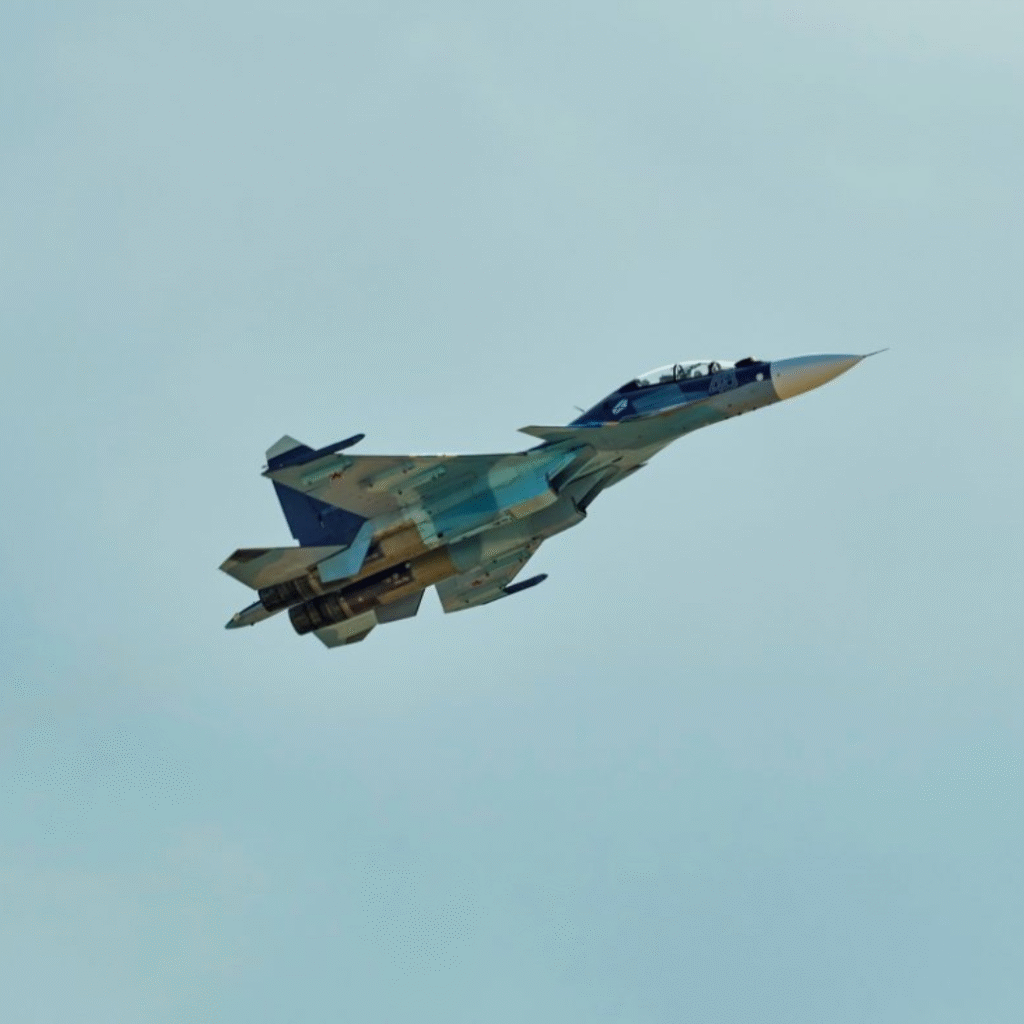Information
Lithuania’s army reported that two Russian military aircraft, a SU-30 fighter jet and an IL-78 tanker, crossed into Lithuanian airspace from Russia’s Kaliningrad region, remaining for 18 seconds and travelling about 700 meters inside the NATO member state’s border. The Lithuanian air force detected the incursion near Kybartei around 6 p.m., prompting two Spanish Eurofighters to scramble. President Gitanas Nausėda condemned the act as a “blatant breach of international law and territorial integrity,” calling it further proof of the need to strengthen Europe’s air defence readiness. Lithuania’s Foreign Ministry plans to formally summon Russian embassy representatives to protest the “reckless and dangerous” behaviour.
This incident adds to a growing pattern of Russian violations of NATO airspace, which have recently affected several member states, including Poland, Romania, Denmark, Latvia, Estonia, and Lithuania. European leaders view these provocations as part of a broader hybrid warfare strategy by President Vladimir Putin, intended to intimidate European citizens and test NATO’s unity and response capabilities. The Baltic nations, along with Finland and Poland, sit at NATO’s eastern frontier and share tense historical and geographical ties with Russia and Belarus. Given their history of invasion and occupation by Moscow, many in the region fear that Putin’s ambitions to rebuild a “greater Russia” could threaten their sovereignty if Russian aggression is not halted in Ukraine.
Source: dpa, Reuters
So What
This violation could have been either an intentional provocation or an accidental incursion. However, considering the broader pattern of similar incidents across NATO borders, it is plausible that this was a deliberate move to gauge NATO’s readiness. If the goal was to test alliance responses, the brief 18-second incursion likely aimed to determine how close Russian aircraft could approach before being detected or intercepted, effectively probing the limits of NATO’s radar coverage and response times.
Follow us to join the intelligence community!

